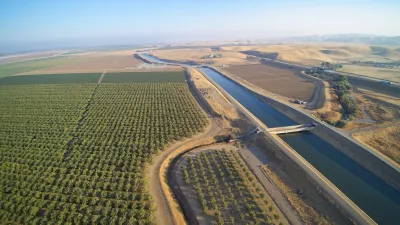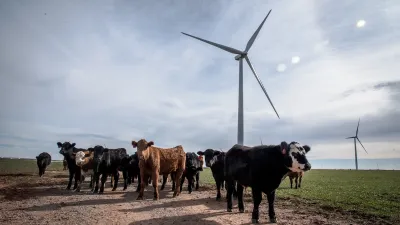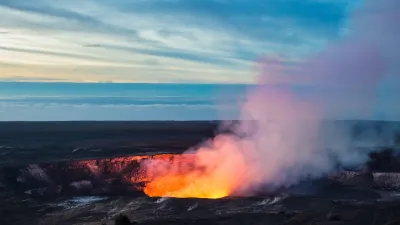Farmers are enjoying high corn prices and may not even have noticed the end of the subsidy on Dec. 31 according to the agricultural economist interviewed on NPR.
"(A)s Iowa prepares to caucus today, Congress let the formerly sacred subsidies expire after more than 30 years and about $20 billion. To talk more about why the era ends now, we called Bruce Babcock. He's the Cargill chair of energy economics at Iowa State University.
BABCOCK: Well, most farmers haven't even realized it's gone, because the price of corn has been so high, and it continues to be high with or without the subsidy. So at the farm level, it hasn't really had much of an impact on them."
As it turned out, the subsidy check went to the refinery, not the farmer, to encourage them to buy corn.
In addition to the subsidy, costing U.S. taxpayers about $6 billion last year, ending, the protective tariff ended as well. But Babcock explains that Brazil's "demand for ethanol has skyrocketed over the last few years, and their domestic supplies haven't been able to keep up. So, somewhat surprisingly, the U.S. has been supplying Brazil with ethanol."
From NYT: After Three Decades, Tax Credit for Ethanol Expires: "We may be the only industry in U.S. history that voluntarily let a subsidy expire," said Matthew A. Hartwig, a spokesman for the Renewable Fuels Association, a trade group for ethanol producers. "The tax incentive is less necessary now than it was just two years ago. Ethanol is 10 percent of the nation's gasoline supply."
"As Congress begins work on a new farm bill, ethanol companies and gasoline station owners want to expand a federal program that helps pay for pumps and other equipment needed to dispense gas with higher concentrations of ethanol."
FULL STORY: Congress Ends Era Of Ethanol Subsidies

Alabama: Trump Terminates Settlements for Black Communities Harmed By Raw Sewage
Trump deemed the landmark civil rights agreement “illegal DEI and environmental justice policy.”

Study: Maui’s Plan to Convert Vacation Rentals to Long-Term Housing Could Cause Nearly $1 Billion Economic Loss
The plan would reduce visitor accommodation by 25% resulting in 1,900 jobs lost.

Why Should We Subsidize Public Transportation?
Many public transit agencies face financial stress due to rising costs, declining fare revenue, and declining subsidies. Transit advocates must provide a strong business case for increasing public transit funding.

Paris Bike Boom Leads to Steep Drop in Air Pollution
The French city’s air quality has improved dramatically in the past 20 years, coinciding with a growth in cycling.

Why Housing Costs More to Build in California Than in Texas
Hard costs like labor and materials combined with ‘soft’ costs such as permitting make building in the San Francisco Bay Area almost three times as costly as in Texas cities.

San Diego County Sees a Rise in Urban Coyotes
San Diego County experiences a rise in urban coyotes, as sightings become prevalent throughout its urban neighbourhoods and surrounding areas.
Urban Design for Planners 1: Software Tools
This six-course series explores essential urban design concepts using open source software and equips planners with the tools they need to participate fully in the urban design process.
Planning for Universal Design
Learn the tools for implementing Universal Design in planning regulations.
Smith Gee Studio
Alamo Area Metropolitan Planning Organization
City of Santa Clarita
Institute for Housing and Urban Development Studies (IHS)
City of Grandview
Harvard GSD Executive Education
Toledo-Lucas County Plan Commissions
Salt Lake City
NYU Wagner Graduate School of Public Service





























